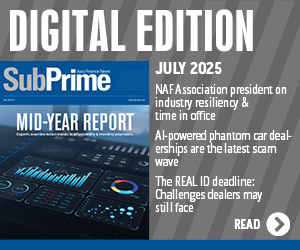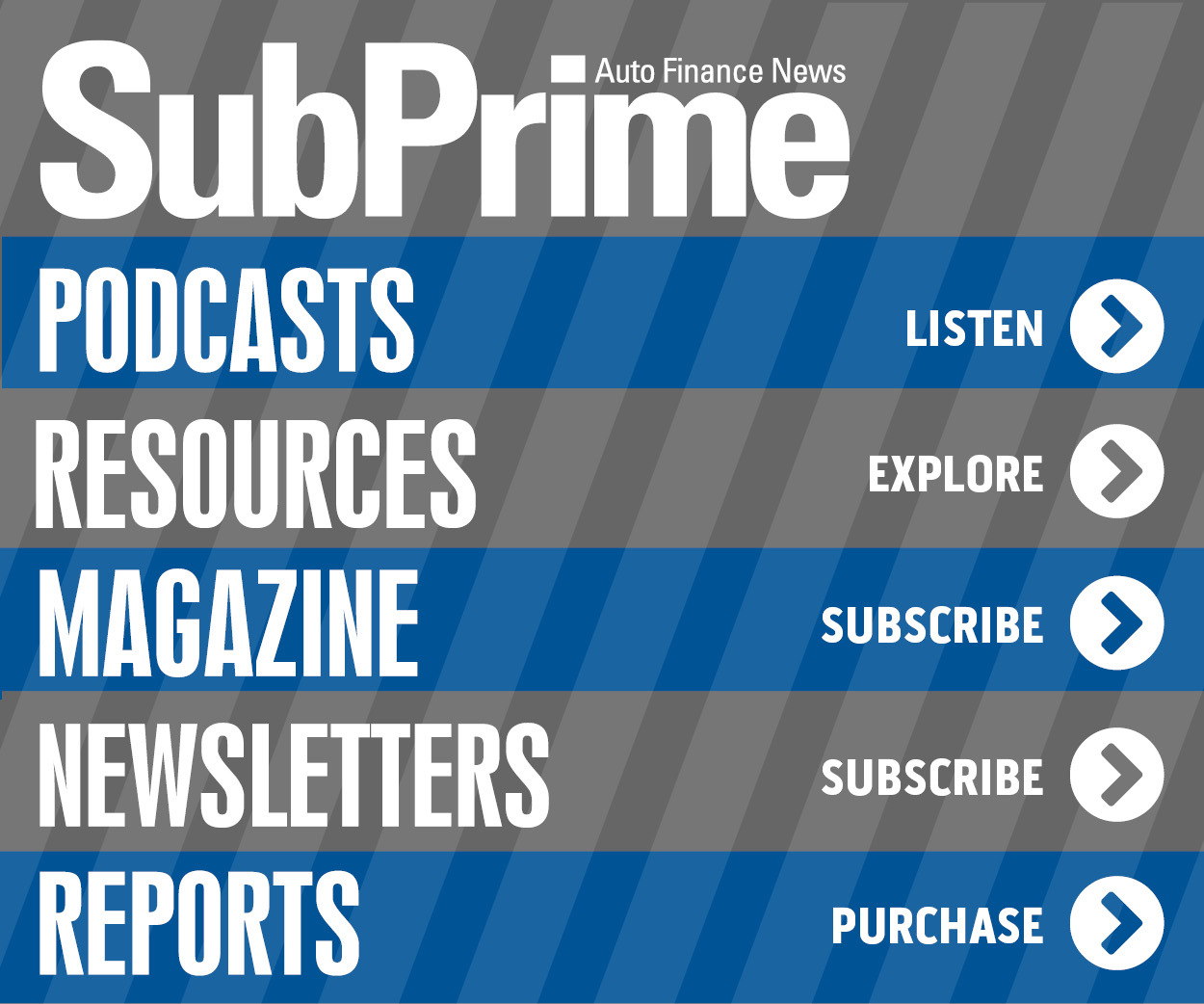Industry leans on two primary financing tools in September

The auto-finance industry went to two of the most readily accessible tools it has to complete new-vehicle deliveries in September as transaction prices for new metal continue to stretch buyers’ purchasing capabilities.
As J.D. Power spotted incentives climbing to within $28 of an all-time high, Edmunds indicated the average interest rate for a new-vehicle retail installment contract fell for the sixth month in a row and stayed below 6% for the third month in a row in September.
Edmunds reported the annual percentage rate (APR) on new financed vehicles averaged 5.7% in September, compared to 5.8% in September of last year.
“Automakers are in full sell-down mode, which means that car shoppers got to take advantage of some decent promotional offers in September,” Edmunds’ executive director of industry analysis Jessica Caldwell said in a news release. “The cost of purchasing a new vehicle is still a lot higher than it was a few years ago, so it’s a positive sign that automakers and dealers are making the right moves to keep buyers coming back into the fold.”
Meanwhile, J.D. Power explained what might seem like the right moves are coming with a cost as analysts noticed record levels of spending.
Incentive spending is projected to reach $4,159 (up 6% or $246), the highest level ever for the third quarter, according to J.D. Power, and just $28 short of the all-time quarter high set in Q4 2017. Analysts explained the increase is being driven by the ongoing sell-down of old model-year vehicles, which account for more than 90% of sales in the quarter and represents the slowest sell-down on record.
J.D. Power also mentioned transaction prices are expected to set another record for the quarter, with the average new-vehicle sales price projected to reach $33,321, up 4% or $1,229 from last year. The average price for cars is up 4% to $26,736 and trucks/SUVs are up 3% to $35,725.
Analysts said continued growth in prices combined with flat retail sales, means that consumers are expected to spend a record $120.7 billion on new vehicles in Q3. J.D. Power noted this development represents the highest level for any quarter, edging out the previous high set in Q4 2018 by more than $500 million.
Kelley Blue Book also chimed in on the subject as its analysts reported the estimated average transaction price for a light vehicle in the United States was $37,590 in September. KBB computed new-vehicle prices increased $262 or 0.6% from September 2018, while increasing $215 0.7% from the previous month.
“Transaction prices are still strong, but the growth has almost stalled, as retail demand is weakening,” Kelley Blue Book analyst Tim Fleming said. “Despite automakers pulling back their production this year, it may not be fast enough.
“Incentives are rising, averaging about 10.5% of average transaction prices and nearing levels from 2017 when industry sales saw their first decline since the recession. SUVs and trucks are still performing well, as recent model launches are pushing sales and average prices up. This is even better news in that these units are usually more profitable for automakers,” Fleming continued.
Although average interest rates on new-vehicle financing have seen a decline in recent months, Edmunds experts said this drop is driven by incentives and is not indicative of a return to post-recession market conditions.
“Shoppers who are thinking about buying a new car may want to take advantage of the model-year sell-down over the next couple of months before the majority of these incentives dry up,” Caldwell said.
So how might the rest of 2019 unfold? Thomas King, senior vice president of the data and analytics division at J.D. Power, offered these figures and thoughts.
King’s data showed the average interest rate on a finance deal has fallen to 5.5% in Q3, more than 60 basis points lower than the first quarter this year. For a $30,000 vehicle with a 60-month loan, King computed these components equate to reduction in payment of nearly $10.
“The big questions for the industry are how quickly manufacturers can transition to the new model year and will we see a return to the incentive discipline observed in Q1 and Q2,” King said.
“As manufacturers clear their inventories of heavily discounted 2019 model year vehicles, lower discounts on new 2020 model year vehicles could result in a slower sales pace than we saw this quarter,” he went on to say.
New-Car Finance Data
|
|
September 2019 |
September 2018 |
September 2014 |
|
Term |
69.7 |
68.7 |
67.0 |
|
Monthly Payment |
$559 |
$537 |
$478 |
|
Amount Financed |
$32,928 |
$31,062 |
$28,120 |
|
APR |
5.7 |
5.8 |
4.2 |
|
Down Payment |
$4,050 |
$4,198 |
$3,367 |
|
Average Transaction Price |
$37,051 |
$36,369 |
$32,606 |
Used-Car Finance Data
|
|
September 2019 |
September 2018 |
September 2014 |
|
Term |
67.5 |
66.9 |
65.5 |
|
Monthly Payment |
$416 |
$401 |
$371 |
|
Amount Financed |
$22,623 |
$21,697 |
$20,090 |
|
APR |
8.4 |
8.4 |
7.7 |
|
Down Payment |
$2,660 |
$2,657 |
$2,164 |
Source: Edmunds


